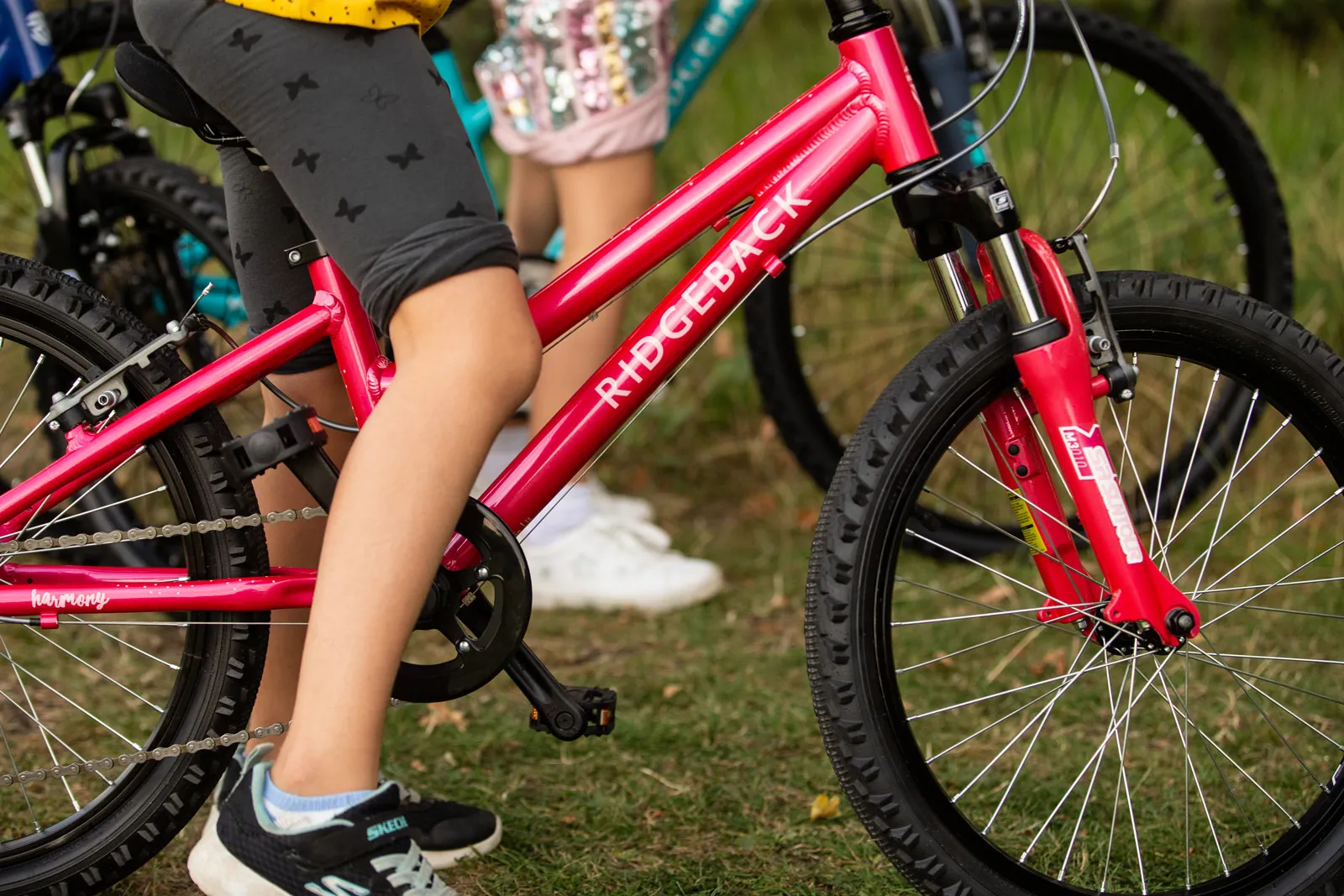Mar . 16, 2024 11:59 Back to list
Buying a Bike for Your Child
Is your child ready for his or her first bicycle? Most youngsters learn the basics of pedaling, steering, and braking on a tricycle or "big wheel" cycle, and around age 4 are ready to try a two-wheeler with training wheels.
A bicycle with training wheels gives children more practice riding without worrying about balance. Between ages 4 and 8, your child will probably develop enough coordination, agility, and a sense of balance to graduate to a bike without training wheels. You are the best judge of your child, however. Some children are mentally ready at 8 or even earlier and some not until age 10 or older. Let your child's interest in biking indicate whether he or she is ready. Keep in mind that most children younger than 5 don't have the strength or coordination to use hand brakes, advises the nonprofit International Bicycle Fund (IBF).
Finding the right bike
Keep in mind that many bicycles made for kids don't have the high quality of adult bikes, the IBF says. That's because a high-quality bike—no matter what the size—costs hundreds of dollars, and many parents don't want to spend that much on a bicycle their child is going to outgrow in a year or two. Buying a bike that is age-appropriate and safe for your child is worth the investment though.
A bike should be the right size for your child. That means your child should be able to comfortably straddle the bike with feet flat on the ground. Your child should be able to get onto the bike seat by slightly tipping the bike to one side. When your child is riding, his or her knees shouldn't hit the handlebars, nor should they be so stretched out that your child can't maneuver the bike easily.
How big?
Kids' bikes are sized by wheel diameter instead of height of seat or size of frame, the IBF says. Here's a guide:
-
Ages 4 to 5 years. Wheel diameter, 12-14 inches; child's inseam, 14 to 20 inches. Most of these smaller bikes come with training wheels.
-
Age 6 years. Wheel diameter, 16 inches; child's inseam, 18 to 21 inches. Most of these bikes have coaster brakes; some have hand brakes.
-
Ages 7 to 8 years. Wheel diameter, 20 inches; child's inseam, 22 to 25 inches. These can have more than one speed and have hand brakes.
-
Ages 9 and up. Wheel diameter, 24 inches; child's inseam, 26 inches or more. These usually have the features of an adult bike.
Other important features
Aside from fit, the most important parts of a bike are the brakes, the IBF says. Bikes for younger children usually have coaster brakes, which work when the cyclist pedals backward. A young child doesn't have the hand size or strength for hand brakes. As your child grows, consider a bike with both a coaster brake and a hand brake, so he or she has a chance to practice with both. Bikes with a derailleur only come with hand brakes.
When choosing a bike for your child, check the front wheel to make sure it spins freely, but doesn't move when you try moving it from side to side. Look for a wheel with metal hub, spokes, and rim.
Examine the frame and make sure it is strong (you shouldn't be able to bend it by hand), the IBF says. Look at the bike front-on to see that the wheels are in line. Check all bolts to see that they are tight. Single-speed bikes should have a well-mounted chain guard. The guard shouldn't rub against the chain.
Head protection
Don't forget the helmet when buying a bike for your child or yourself. The helmet should fit properly, and you should insist that your child wear it whenever he or she rides. The IBF says that the highest rate of bike-related head injuries occur among boys 10 to 14 years old.
-
Aluminum Alloy Kids Bike-Hebei Gorgeous Bike|Safety,Durability
NewsAug.17,2025
-
Aluminum Alloy Balance Bike for Kids-Hebei Gorgeous Bike Co., Ltd.|Durable, Safe, Affordable
NewsAug.17,2025
-
Aluminum Alloy Outdoor Running Kids Bike - Hebei Gorgeous Bike Co., Ltd.|Lightweight,Durable,Two-Seater
NewsAug.17,2025
-
Aluminum Alloy Balance Bike for Kids-Hebei Gorgeous Bike|Lightweight,Durable
NewsAug.17,2025
-
Durable Wooden Tricycle for Kids - Classic & Safe Fun
NewsAug.17,2025
-
Aluminum Alloy Kids Balance Bike - Hebei Gorgeous Bike Co., Ltd.|Durable, Safe, Lightweight
NewsAug.16,2025

